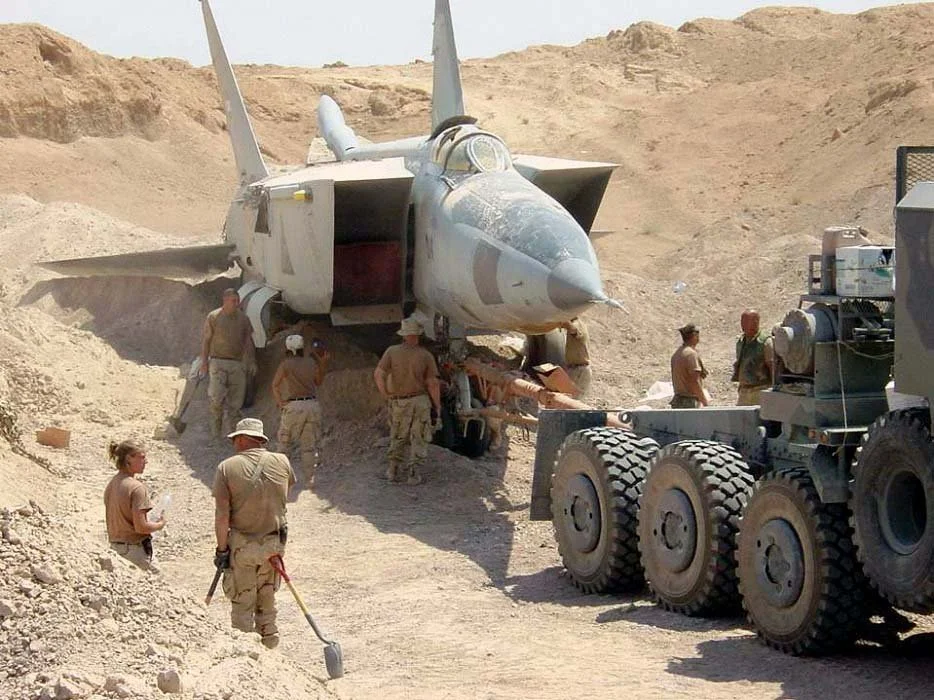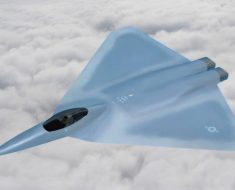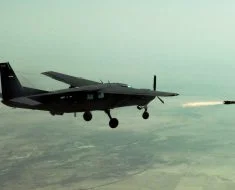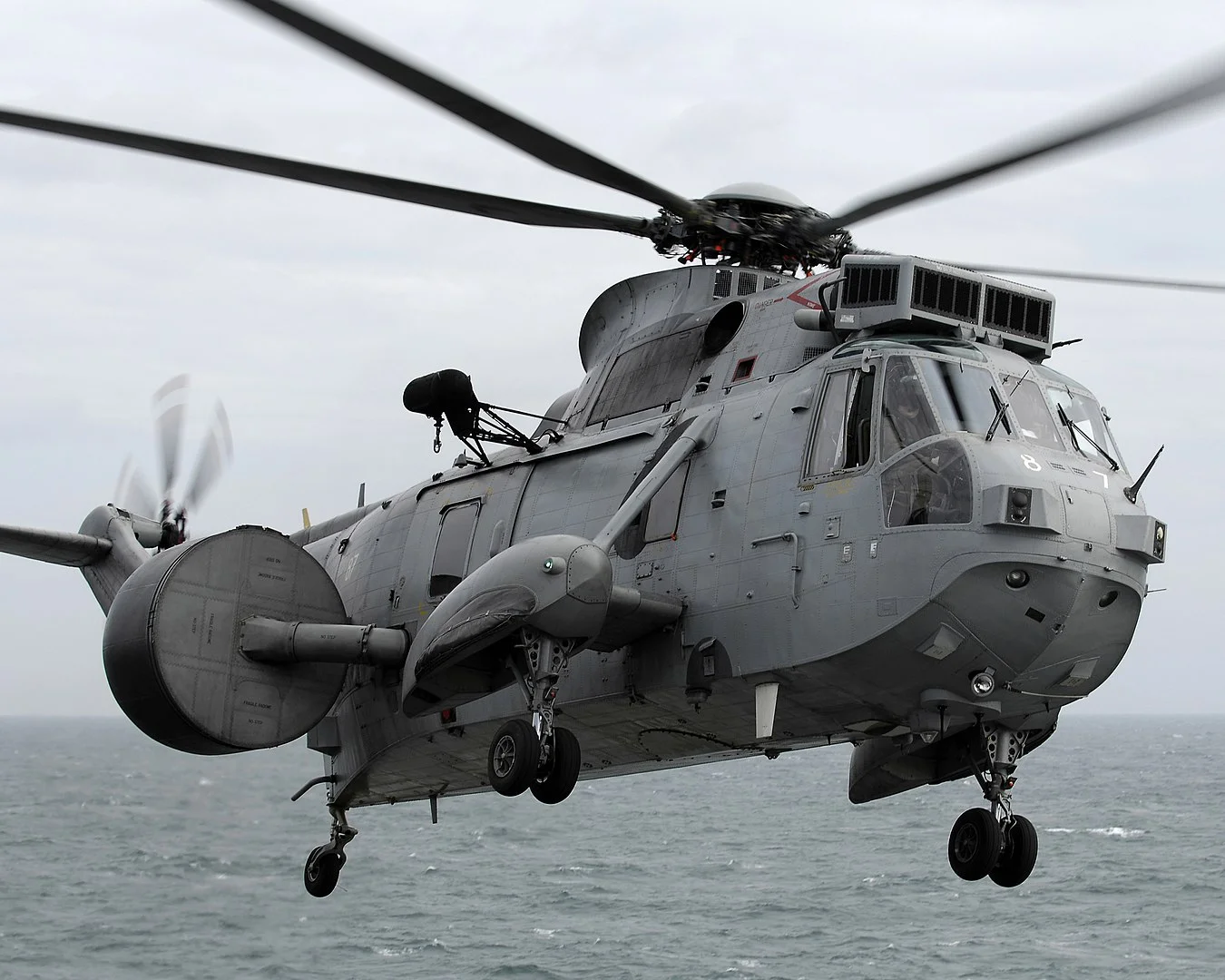Whilst this may sound like something from Indiana Jones, it is in fact completely true. As part of Operation Iraqi Freedom, the US had strategic bases across the country and stumbled upon an unusual sight – several MiG-25 and Su-25 aircraft buried in the desert.
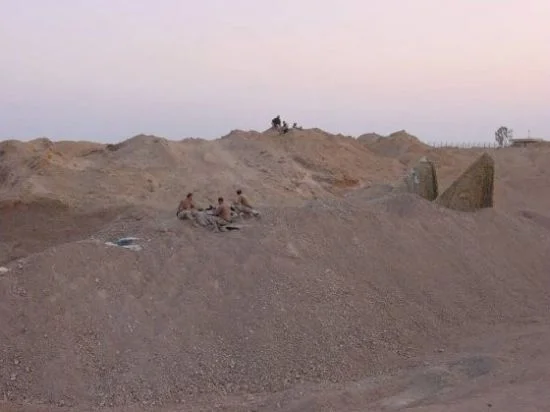
The Mikoyan-Gurevich MiG-25 is a Soviet-era high-performance interceptor. Known by NATO as the ‘Foxbat’, this aircraft was built to counter the threat of high-altitude supersonic US bombers such as the XB-70 Valkyrie.
MiG-25s were exported to various countries across the globe, so long as they were friendly with Russia that is. However, seeing them up close and personal for countries in the West was not a frequent occurrence.

In 2003, the US moved into Iraq searching for deadly weapons. No nuclear, chemical or biological weapons were found. But, about 155 miles from Al Taqaddum Airbase something of huge interest was discovered.
Thanks to an informant, the US forces were tipped off to what appeared to be an entire fleet of aircraft buried in the sand. Around 30 MiG-25s and Su-25s were found, missing various parts but almost completely hidden from sight below the desert.
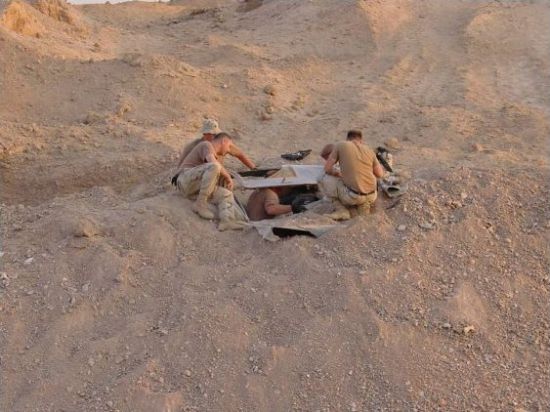
These aircraft were hidden in plain sight and excavation started around 13 weeks after troops entered the area.
The photos show an almost completely intact MiG-25RB of the Iraqi Air Force being dug out of a mountain of sand. This particular Foxbat was a high-tech reconnaissance version that hadn’t been seen in the West before. Quickly it became a priority to uncover the aircraft in order to inspect the new Russian technology.
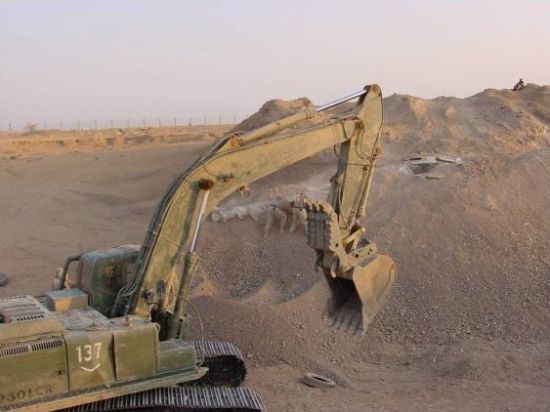
To hide the activities in the middle of the desert, camo netting was used on the exposed parts of the MiG-25. It was important that as few people as possible knew about this discovery – this particular aircraft was very similar to the ones in service with the Russian Air Force.
Read More: SR-71 “Ichi-Ban” – Buried in the Deepest Ocean on Earth
The question is why did so many aircraft end up buried in a desert? Well, the most likely explanation lies in the Iran-Iraq War.
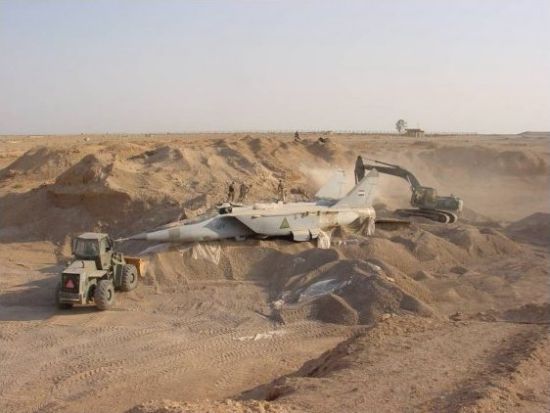
Iran had the deadly F-14 Tomcat thanks to the US. Whilst the Iraqi pilots were very good, their equipment was no match for the F-14 and they often fled being engaging in combat.
All of Iraq was fully aware of what would happen should the US engage with them in air combat. They would be annihilated. During the first Gulf War Iraqi pilots once again fled from enemy forces and took their aircraft to the safety of Iran and never got them back.
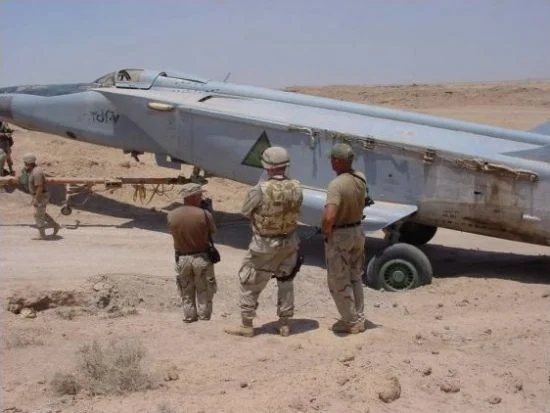
Saddam Hussein did not want this to happen again. The solution? Bury all of them to keep them away from the enemy. Ideally, he would have defeated the US forces and once they had been repelled, pulled his air force out of the desert and put them back into the sky.
Clearly, this did not go to plan as they were quickly found by the US.
If you like this article, then please follow us on Facebook and Instagram.

